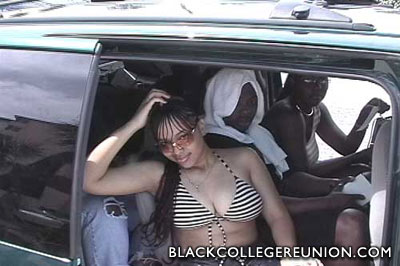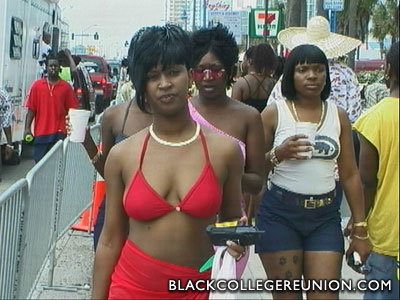Black College Reunion: History

Black College Reunion began at Bethune-Cookman, where students in 1984 organized a spring party to celebrate their fall football rivalry with students at Florida A&M University. The event eventually grew to more than 150,000 students and was marred by controversy, including violence, discrimination and clashes with police.
In recent years, however, crowds have dropped, in part because of the growing popularity of other spring-break gathering places but also because of efforts by the city to control the drinking, loud music and massive traffic jams that used to characterize the event.

At its peak back In 2001, The Black College Reunion generated $145 million in economic activity for the Daytona Beach, Fla., region, according to an economist’s studies.
The three-day event, which brought as many as 100,000 spring breakers from historically Black colleges across the nation, also supported the equivalent of 3,500 year-round jobs, economist Mark Soskin said.




